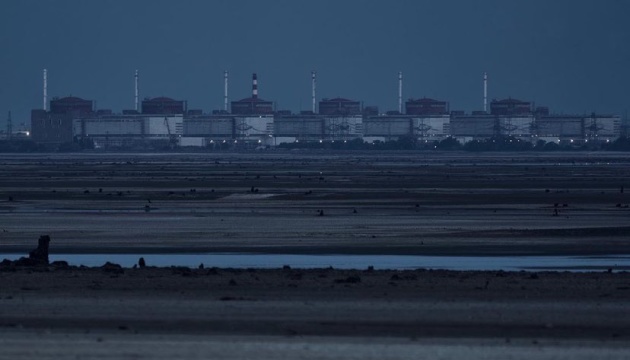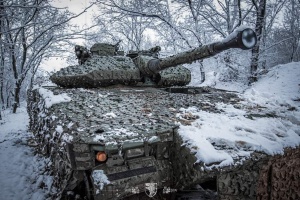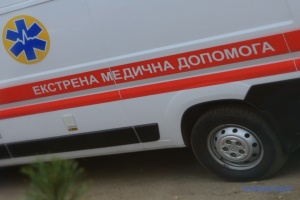
IAEA: Russians once again plant mines at Zaporizhzhia NPP
That’s according to the latest report by the International Atomic Energy Agency, posted on Friday.
"Mines along the perimeter of the ZNPP, in a buffer zone between the facility’s internal and external fences, which were previously identified by the IAEA team and were removed in November 2023, are now back in place. This is a restricted area inaccessible to operational plant personnel," the report reads.
It is also noted that the backup power supply to the power units was gone for several hours this week. The cause is being investigated.
As for the external power supply, only a single 750 kV line and a 330 kV backup line remain available for cooling the six reactors (instead of four 750 kV and six 350 kV lines).
"The plant’s vulnerable power status remains one of the main dangers for nuclear safety and security at the site. The situation remains extremely worrying in this respect," said IAEA Director General Rafael Mariano Grossi. Since August 2022, the site has already lost all off-site power eight times, forcing it to rely on emergency diesel generators, he added.
The IAEA is also concerned that, based on discussions and information provided to the team, the experts concluded that the ZNPP will not be implementing a comprehensive maintenance plan during 2024.
"A well-established maintenance plan and its timely implementation are essential to ensure plant safety and security," explained Grossi. According to him, maintenance is especially important in the conditions where the six reactors have been shut down for an extended period.
Early this week, IAEA experts gained access to the reactor hall of power unit 6. However, efforts are still underway to gain access to other reactor and turbine halls and some reactor rooftops, Grossi said.
He reported that the IAEA team continues to monitor the situation regarding boric acid deposits in some of the safety system rooms at power unit 6, which were first observed on December 22. Yesterday, experts confirmed that the level of boric acid in the storage tank was above the minimum level in the technical specifications.
As Ukrinform reported, last summer, the IAEA discovered that the ZNPP had been mined along its perimeter
Photo: Kostiantyn Liberov




